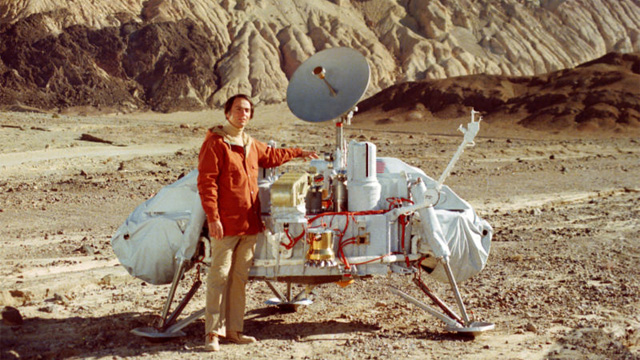
On Earth, evidence of past human civilization and habitation can be gleaned from the rocks, soil and some still-standing monuments of architecture large and small, but the effects over time of weathering and over longer periods of the geologic cycle tend to erode, erase and eradicate those past efforts.
But as a space-faring culture, we have now left our marks across the solar system on planets, moons, asteroids and in the empty space between them. Some of these “marks” are yet-functioning robotic spacecraft. Some are litter, scattered about the place like so many discarded soda cans, plastic grocery bags, depleted batteries and defunct electronic devices.
Are we trashing our solar system? Well, on the big scale of things, not much -- and at present unavoidably. It’s a big solar system and the number of expended rockets, ejected parachutes, crumpled heat shields, empty fuel tanks and just plain expired or lost robots is quite small. And there’s no economically feasible means at present to clean them up. Besides, whose backyard are they littering?
As our surveillance of the reaches of our solar system grows more sophisticated, we are beginning to run across bits of “junk”. Don’t get me wrong, these are once important and highly useful equipment of exploration that we’ve left behind over the years.
Recently, the discerning eye on NASA’s Mars Reconnaissance Orbiter (the HiRISE camera) has spotted a couple bits of extra-Terran detritus.